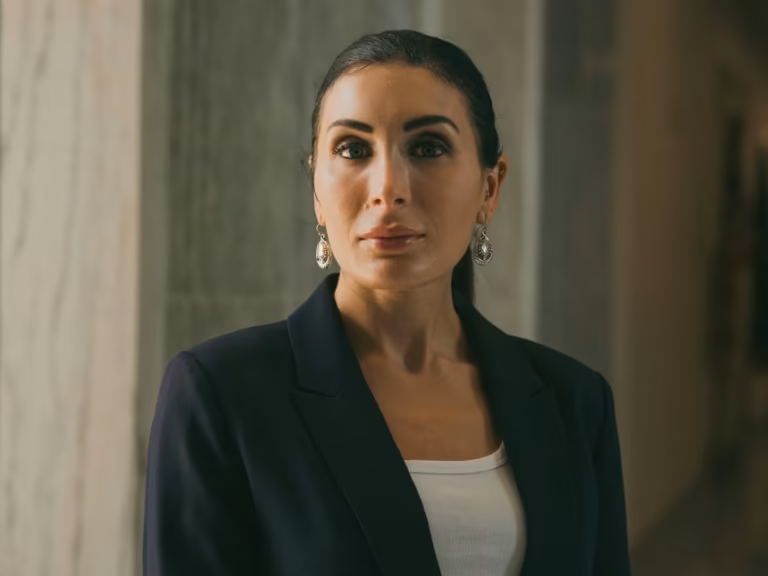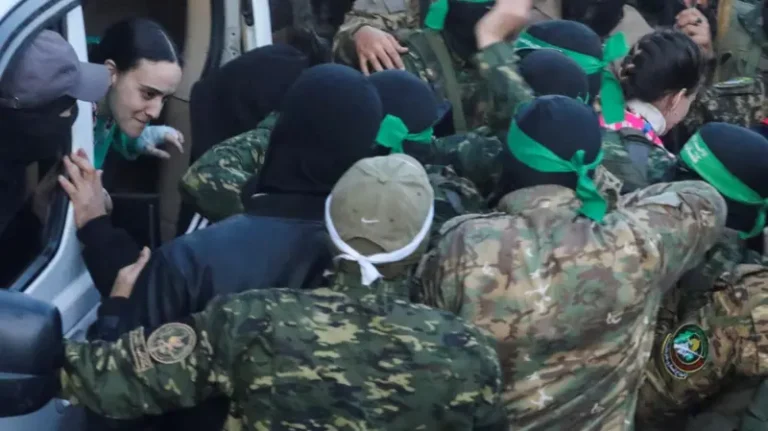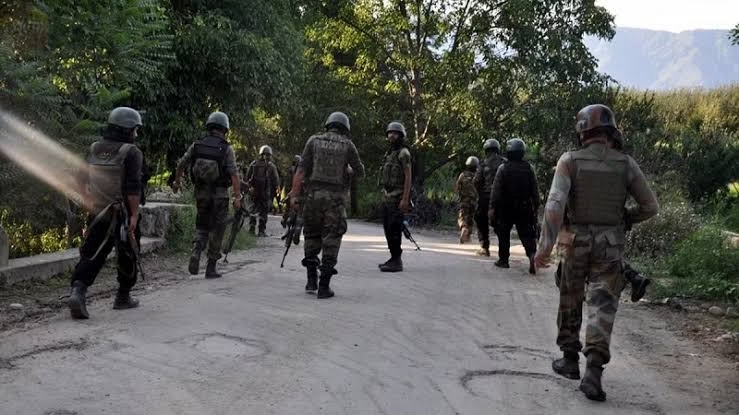Netanyahu’s Plan for Full Control of Gaza: What’s Happening?
Israeli Prime Minister Benjamin Netanyahu has proposed a plan to take full control of the Gaza Strip, a small region along the Mediterranean coast where over two million Palestinians live. This plan, discussed in a security cabinet meeting on August 7, 2025, aims to expand Israel’s military operations in Gaza to defeat Hamas, a Palestinian militant group, and secure the release of Israeli hostages. However, the plan has sparked debates within Israel and drawn strong criticism from around the world. This article explains the details of Netanyahu’s plan, the reasons behind it, the challenges it faces, and the reactions from different groups.
Background of the Conflict
The conflict between Israel and Gaza has a long history. On October 7, 2023, Hamas launched a surprise attack on southern Israel, killing about 1,200 people and taking 251 hostages to Gaza. In response, Israel began a large-scale military operation in Gaza, which has led to over 60,000 Palestinian deaths, including many children, and displaced nearly 90% of Gaza’s population, according to Gaza’s health authorities. The war has caused widespread destruction, hunger, and a humanitarian crisis, with many Palestinians living in tents or makeshift shelters.
Israel has controlled parts of Gaza during the war, but some areas, like Gaza City and Khan Younis, remain outside its full control. Netanyahu’s new plan aims to change this by taking over the entire Gaza Strip, reversing Israel’s 2005 decision to withdraw its soldiers and settlers from the region.
What is Netanyahu’s Plan?
Netanyahu’s plan involves the Israeli military taking complete control of Gaza, including areas where hostages are believed to be held. The main goals are:
- Defeating Hamas: Netanyahu wants to remove Hamas from power and destroy its military capabilities.
- Freeing Hostages: Around 50 hostages are still held in Gaza, with about 20 believed to be alive. Netanyahu says military pressure will force Hamas to release them.
- Ensuring Security: The plan aims to make sure Gaza no longer poses a threat to Israel.
- Controlling Aid: Israel plans to manage humanitarian aid delivery, possibly through U.S. security contractors, to bypass international organizations like the UN.
- Population Relocation: Netanyahu has suggested moving Palestinians, especially from northern Gaza to the south, for their “protection” during military operations. He has also referenced a controversial U.S. proposal to resettle Gaza’s population elsewhere, which critics call ethnic cleansing.
The plan includes surrounding central Gaza’s refugee camps, conducting airstrikes, and launching ground operations. Israel already controls about 75% of Gaza, and this plan would extend control to the remaining areas, particularly the coastal strip from Gaza City to Khan Younis.
Why is Netanyahu Pushing This Plan?
Netanyahu says this plan is necessary to achieve Israel’s war goals, which he claims Hamas has blocked by refusing to release hostages without a full Israeli surrender. He argues that taking full control of Gaza will weaken Hamas and secure the hostages’ release. In a Fox News interview on August 7, 2025, he said, “We want to liberate ourselves and the people of Gaza from the awful terror of Hamas.” He also stated that Israel does not want to govern Gaza permanently but would hand it over to “Arab forces” after establishing a security perimeter.
Some analysts believe Netanyahu’s plan is also driven by political motives. Facing a corruption trial and criticism for failing to secure the hostages, he may be trying to strengthen his position by appealing to his far-right supporters, who want a tougher stance on Gaza. By prolonging the war, he could delay his legal troubles and maintain his coalition government, which relies on far-right ministers like Itamar Ben-Gvir and Bezalel Smotrich.
Opposition Within Israel
Not everyone in Israel supports this plan. Several groups have raised concerns:
- Military Leaders: Israeli military chief Eyal Zamir and other senior officers oppose the plan, warning that it could endanger hostages and lead to heavy Israeli casualties. They argue that a ceasefire deal is the safer way to free the hostages. Last year, six hostages were killed by their captors when Israeli forces moved into certain areas, raising fears that a full occupation could lead to more deaths.
- Hostage Families: The Hostages and Missing Families Forum, representing families of the 50 remaining hostages, called the plan a “scam” that risks “sacrificing” their loved ones. They argue that 22 months of military pressure have not brought the hostages home and that a negotiated deal is needed instead.
- Retired Security Officials: Over 600 former Israeli generals and security officials signed a letter to U.S. President Donald Trump, urging him to push for a ceasefire. They believe Hamas is no longer a strategic threat and that continuing the war is unnecessary.
- Opposition Leaders: Figures like Yair Lapid and Yair Golan have criticized the plan, saying it will damage Israel’s economy and international standing without achieving its goals. They argue that Netanyahu is prioritizing his political survival over the country’s interests.
International Reactions
The international community has strongly opposed Netanyahu’s plan:
- Western Allies: Countries like the UK, France, and Canada have condemned the idea of a full occupation, warning that it could worsen the humanitarian crisis in Gaza. The UK and other European nations have threatened to recognize a Palestinian state if Israel does not agree to a ceasefire soon.
- United Nations: The UN called the plan “deeply alarming,” warning of “catastrophic consequences” for Gaza’s civilians. UN officials say Gaza needs 600 aid trucks daily to meet humanitarian needs, but Israel has allowed only a fraction of this amount, leading to widespread starvation.
- Palestinian Authorities: The Palestinian Ministry of Foreign Affairs and the Palestinian Authority, which governs parts of the West Bank, condemned the plan as a violation of international law. They called for urgent international intervention to stop it.
- Humanitarian Groups: Organizations like Doctors Without Borders and the Norwegian Refugee Council have criticized Israel’s limited aid efforts as a “smokescreen” to hide ongoing starvation. They say the plan to control aid through U.S. contractors will make the situation worse for civilians.
Challenges of the Plan
Netanyahu’s plan faces several practical and political challenges:
- Military Strain: The Israeli military is stretched thin after 22 months of fighting. There are reports of soldier fatigue, mental health issues, and a shortage of troops, with over 100,000 reservists needed to sustain a full occupation.
- Hostage Risks: Expanding operations into areas where hostages are held could lead to their deaths, as seen in past incidents. This makes the plan highly risky for the captives.
- Humanitarian Crisis: Gaza is already facing famine, with 90% of its population displaced and many starving. A full occupation could worsen this crisis, drawing more international criticism.
- International Isolation: Israel risks losing support from allies like the U.S., which has urged more humanitarian aid and a ceasefire. Trump’s administration has expressed concern about starvation in Gaza but has not clearly opposed the plan.
- Far-Right Pressure: While far-right ministers like Ben-Gvir and Smotrich support the plan and even want to build Jewish settlements in Gaza, their exclusion from some meetings shows tensions within Netanyahu’s coalition.
What Could Happen Next?
The security cabinet meeting on August 7, 2025, was expected to finalize the plan, but reports suggest it was postponed due to internal disagreements. The cabinet is divided, with some members supporting the occupation and others, including military leaders, opposing it. If approved, the plan could lead to:
- A major military operation in Gaza, with airstrikes and ground raids in densely populated areas.
- Increased displacement of Palestinians, possibly to southern Gaza or even outside the region if Trump’s resettlement idea is pursued.
- More deaths and a worsening humanitarian crisis, as warned by aid groups and the UN.
- Growing international pressure, including potential sanctions or recognition of a Palestinian state by European countries.
However, some analysts believe Netanyahu’s talk of a full occupation might be a tactic to pressure Hamas into accepting a ceasefire deal. By threatening a major escalation, he could be trying to force concessions at the negotiation table.
Conclusion
Netanyahu’s plan to take full control of Gaza is a bold and controversial move that has divided opinions in Israel and sparked global concern. While he claims it will defeat Hamas and free hostages, critics argue it will endanger lives, worsen the humanitarian crisis, and isolate Israel internationally. The plan’s success depends on overcoming military challenges, managing internal disagreements, and navigating global pressure. As the security cabinet continues its discussions, the world watches closely to see how this decision will shape the future of Gaza and the broader Israeli-Palestinian conflict.
For now, the people of Gaza, the hostages, and their families remain caught in the middle of this escalating crisis, hoping for a resolution that brings peace and safety.
Sources:






